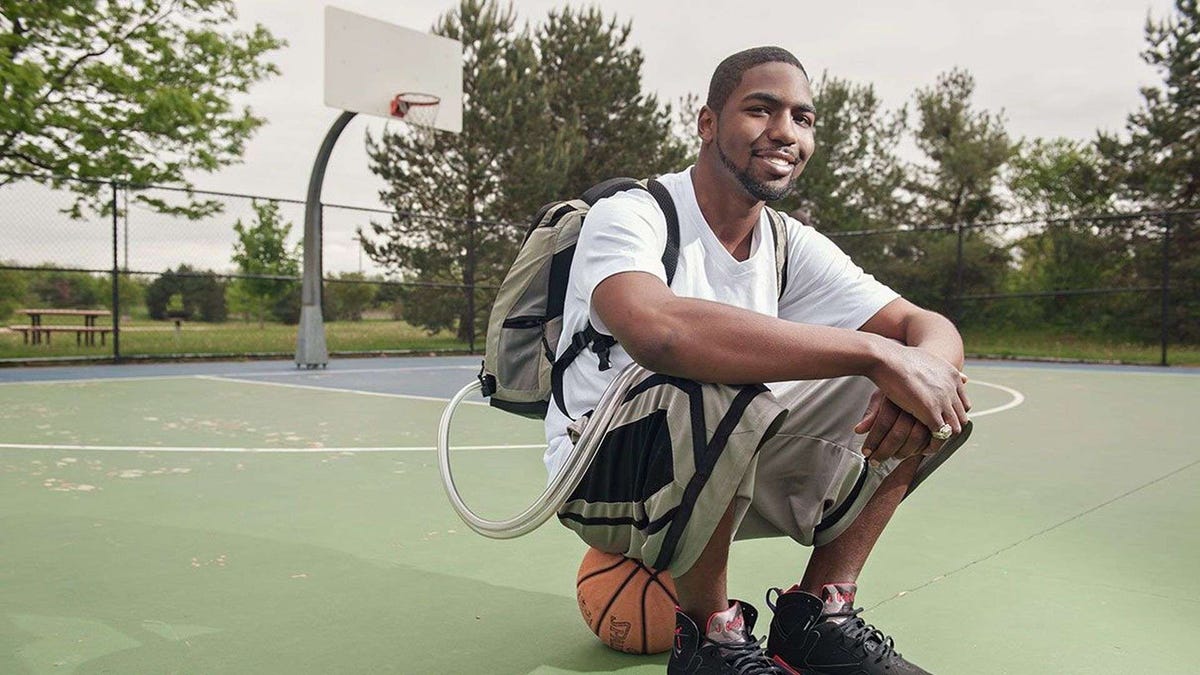Man lives for over a year without a heart in his body
A patient in dire need of a heart transplant lived for 17 months with an external artificial heart he carried around in a backpack.
Getting an organ transplant isn't simple. There simply aren't enough organs available to accommodate everyone who needs one. In the US alone, there are over 121,000 people on the organ transplant waiting list, and an average of 22 people die every day due to lack of available transplant organs.
For heart patients, an amazing new technology has just been proven able to keep patients alive until that crucial organ becomes available. Stan Larkin, now 25, has just received a heart transplant after living for 17 months on an external total artificial heart.
Larkin and his older brother had been diagnosed when they were teens with familial cardiomyopathy, a condition that slowly causes heart failure. In December 2014, Larkin's failing heart was removed, and he became the first patient in Michigan to be fitted with the SynCardia Freedom Portable Driver, a 13.5-pound machine that uses compressed air to take over the heart's job of pumping blood through the body.
This machine is designed for use in the case of total heart failure, where the devices designed to assist in partial failure are no longer viable. It needs to be carried around in a backpack. Larkin's older brother also relied on a total artificial heart, but he received his after Larkin and was able to receive a heart transplant in 2015.
"They were both very, very ill when we first met them in our intensive care units," said Jonathan Haft, University of Michigan associate professor of cardiac surgery, and the surgeon who performed both procedures on Larkin. "We wanted to get them heart transplants, but we didn't think we had enough time. There's just something about their unique anatomic situation where other technology wasn't going to work.
Larkin finally received his heart transplant in May 2016.
"It was an emotional rollercoaster," he said at a news conference. "I got the transplant two weeks ago and I feel like I could take a jog as we speak. I want to thank the donor who gave themselves for me. I'd like to meet their family one day. Hopefully they'd want to meet me."


